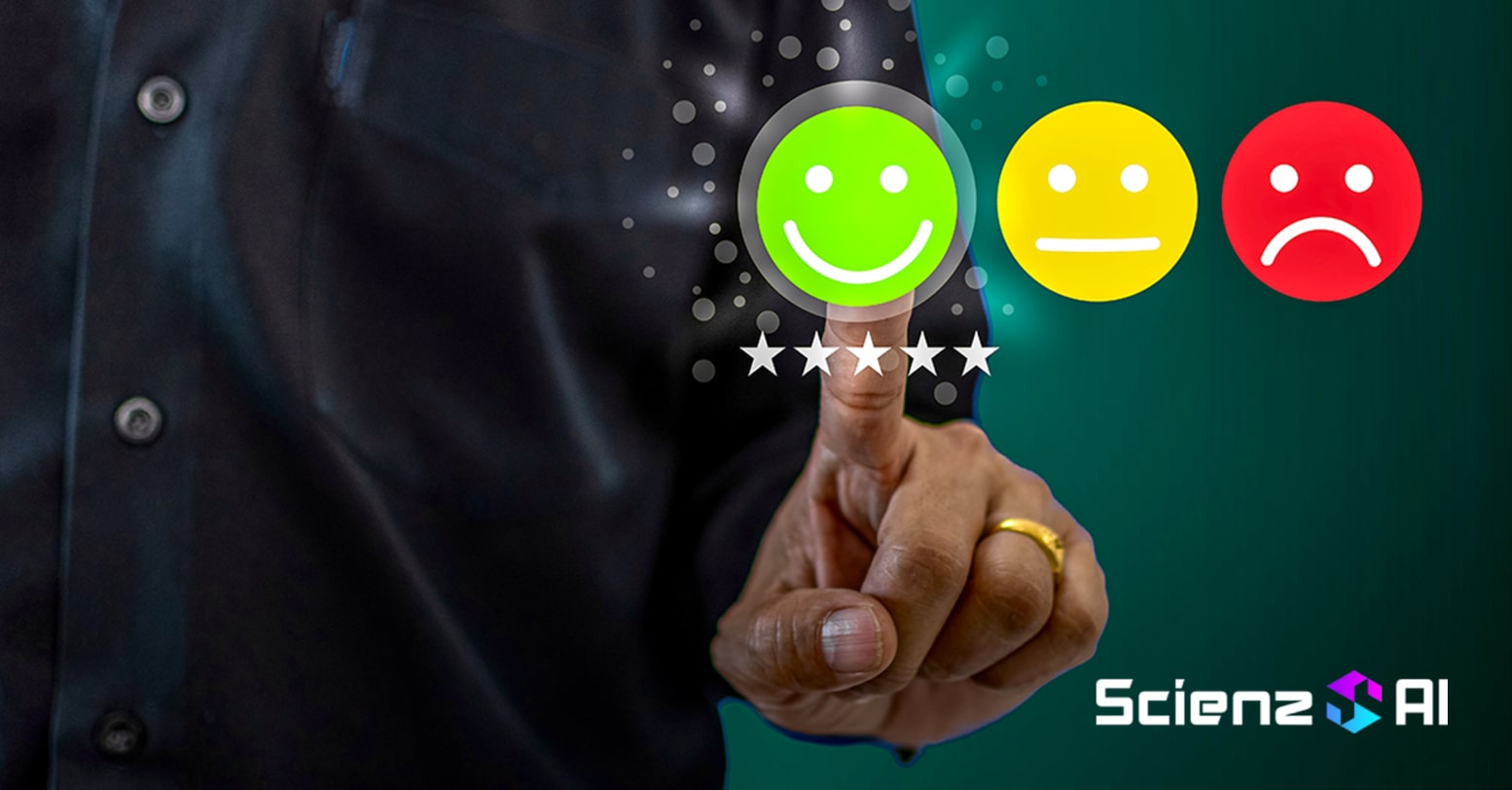The bid for enhancing the customer experience with AI is widespread among enterprises and those that have not embraced yet are already falling behind.
More than 95 percent of large organizations are already running a pilot or live production of some form of GenAI, according to Gartner. Gartner recently predicted that some 25 percent of companies will use chatbots by 2027 to serve as their primary channel for customer service.
For those not toying around with AI to develop new apps or improve employee productivity, customer service is the most common target – even more so than marketing or sales.
Thus it’s no longer surprising that chief experience officers, chief marketing officers, and sales directors are prioritizing personalization in their strategy, with the likes of JPMorgan Chase, Nike, and Starbucks publicly announcing and rolling out enterprise-level plans for personalized customer experiences with AI.
Here are five ways that companies today are harnessing AI for superior CX:
- Personalization – By analyzing huge amounts of data and deriving insights from them, AI has transformed personalization in the customer journey. It can understand individual needs and preferences and enable chatbots to provide human-like interactions. AI can also predict the context of user interactions, and then build better CX strategies by tapping into data insights and the right use cases of the technology.
- Efficiency and customer satisfaction – AI-powered chatbots and virtual assistants can simultaneously handle multiple customer inquiries, slashing wait times. AI can also analyze customer data – buying history, browsing patterns, and previous interactions – to address customer concerns and solve them preemptively and proactively. Self-service is another benefit – when customers do things on their own instead of engaging an agent, AI offers a view of where they get stuck or where there’s a need to connect with the support team.
- Knowing the customer – AI enhances this crucial first step of the CX strategy with the abundance of real-time user data it can process and analyze, familiarizing CX leaders and teams with customer behaviors and expectations – and the changes happening around those parameters.
- Fraud detection – Across industries, part of the customer experience is detecting and deterring fraud. AI gathers, stores, and compares user data real-time to identify fraudulent patterns or changes in user actions, taking prompt measures to stop fraudulent practices.
- Quality assurance – AI-driven bots and platforms can perform routine checks for quality assurance, freeing up human workers to do other productive or innovative tasks. Data analytics using AI can also track and evaluate customer interactions for continual learning and improvement, which then enables CX teams to deliver top-notch customer service.
Sprinklr, a New York-based software firm that develops a SaaS CX management platform, uses GenAI to drive down its customer engagement cost. GenAI, according to the company, is simplifying and rapidly deploying its marketing and CX campaigns, where producing multiple versions of content and optimizing them for advertising performance have been streamlined and made simpler.
“We are arguably one of the foremost GenAI platforms for marketing and customer service today. There are options of automated case resolutions, as you can create human-like workflows with intelligence. It is about building the right AI conversational engine,” said Sprinklr founder Ragy Thomas, revealing a 70 percent rise in productivity with their GenAI efforts.
GenAI Is Not a Silver Bullet, But …
In 2024, GenAI and ChatGPT trail the search terms “customer service / telephone number” on Google in most countries. This reflects customers’ intent to reach human beings on the other end of the line, leading to frustration when it’s difficult for them to reach human support.
“When we add generative AI to a bad customer self-service process, we have made things worse, only at a greater scale and with more severe consequences than before,” warned Michael Maoz, SVP of innovation strategy at Salesforce.
There are, however, bright spots ahead for AI-driven customer service improvements.
Voice-to-text technology is where humans speak naturally while GenAI understands the context and produces a text answer back to the user. While a more complex approach due to factors such as voice quality, accent, and language, technologies like this are touted as a simple first step in leveraging AI for better customer interactions.
What Maoz advises CXOs and customer experience teams: Start small and start where there’s measurable value. Take off from simplicity and clean data, too, inviting a small group of loyal customers into the design journey to get on the success path.
For its part, global cloud contact center Talkdesk has announced its “industry-first” customer experience application suite for third-party and on-premises contact centers. Powered by generative AI, its Ascend Connect suite comprises four CX apps: a conversational AI, virtual assistant, conversational intelligence solution, and “human-in-the-loop” tool for customers to observe and “put guardrails” on artificial intelligence.
To the company, AI-powered customer experience can elevate customer experiences, empower contact center agents, or streamline operations. Or do all of the above.
Related Readings:
How AI Is Used in Data Analytics for Marketing
AI Elevates Customer Journey Orchestration
AI Supercharges Email Marketing Via Hyper-Personalization, Audience Segmentation




